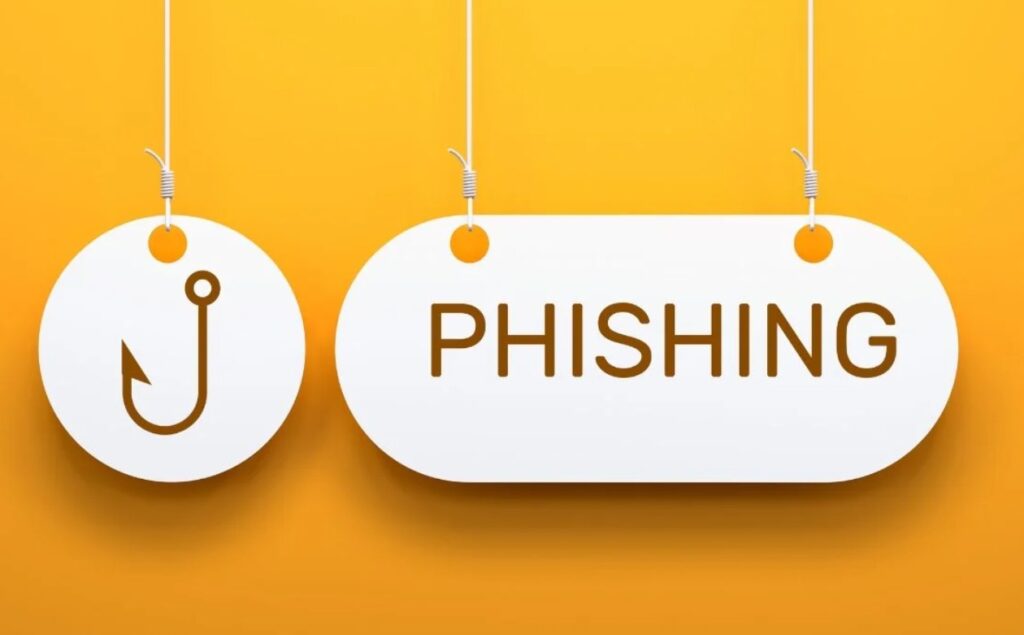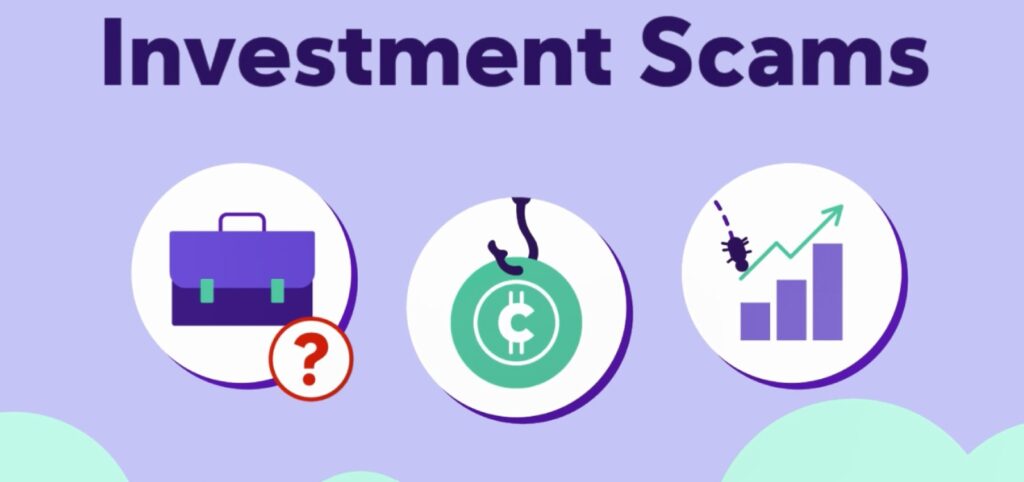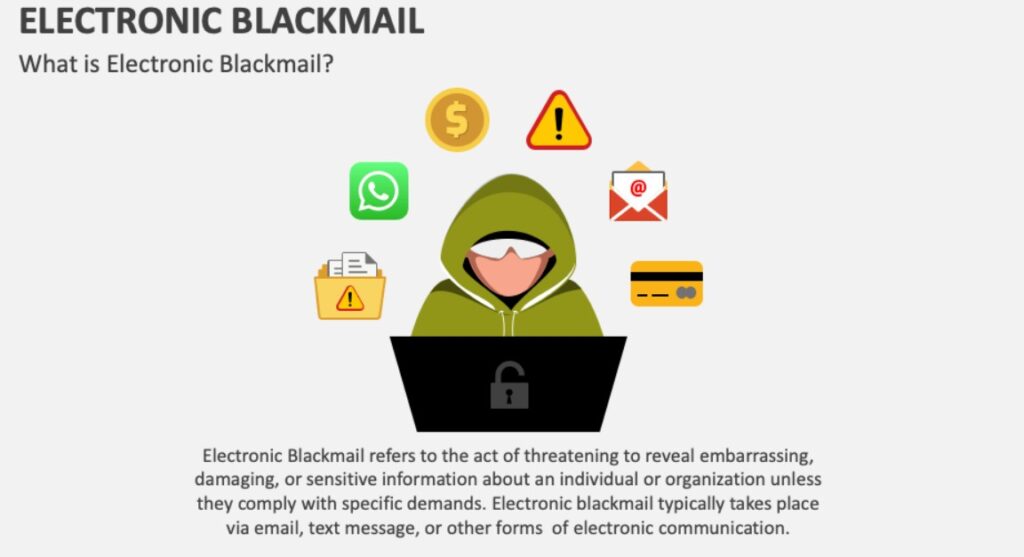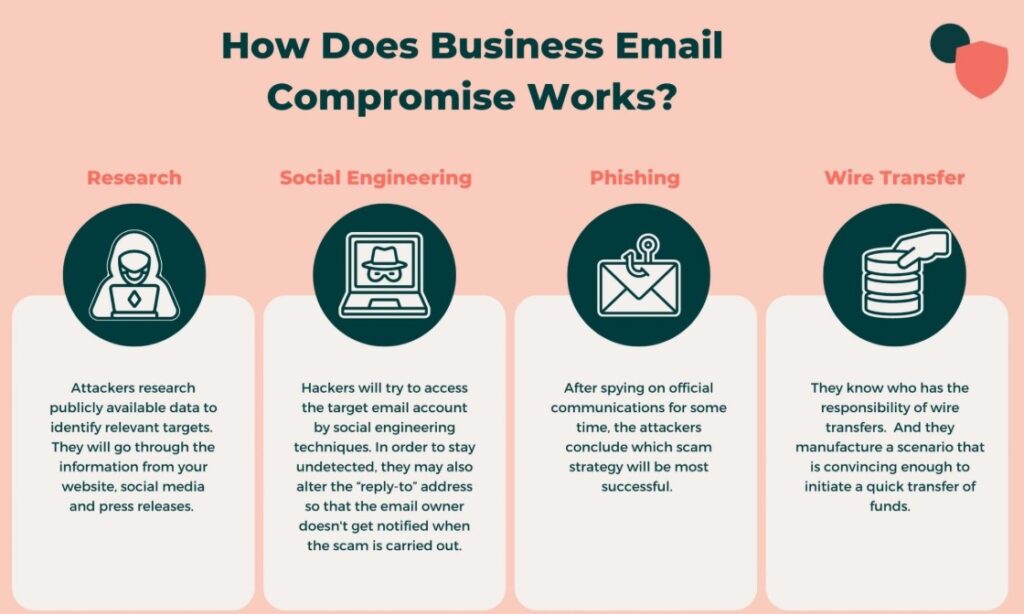What Are The Web Scams And How To Avoid Them? (Pro Tips)
Online scams are among the fastest-growing threats on the internet. In 2024, cybercrime and online fraud caused global losses exceeding $12 billion (plus my 48$ I lost on crypto scam as well, and this made me create this website), leaving millions of victims with stolen money (including me), compromised accounts, and identity theft. Scammers now use AI, deepfakes, fake reviews, and social engineering to manipulate victims.
Almost everyone encounters suspicious emails, texts, social media posts, or e-commerce offers. Awareness and safeguards make the difference between avoiding loss and falling victim. This guide is your comprehensive reference for understanding online scams, spotting red flags, and protecting your money and identity (from Norton LifeLock scam, for example).
Table of Contents
What Are Online Scams and How They Operate?
An online scam is any scheme intended to steal sensitive information, money, or digital access through deceptive online tactics. Cybercriminals exploit human trust, fear, and urgency to push victims into hasty decisions.
Why Scams Are So Effective
- Low operational cost: One email, SMS, or fake website can target millions.
- Global reach: Attackers can reach anyone, anywhere.
- Psychological leverage: Fear, greed, and loneliness increase compliance.
- Automation: AI enables personalized phishing and spear-phishing campaigns.
The Scam Lifecycle
- Reconnaissance: Collect emails, phone numbers, or social media profiles.
- Trust establishment: Impersonate brands, officials, or social influencers.
- Engagement hook: Create urgency, promises, or emotional stories.
- Action execution: Request passwords, money, or app installs.
- Monetization and escape: Launder money and disappear.
Top Online Scam Types in 2025 to avoid
1. Phishing and Spoofing

Phishing remains the world’s most common cyber scam. Criminals send fraudulent emails or messages that mimic banks, delivery services, or popular platforms. Victims are tricked into clicking malicious links or entering credentials on fake sites.
A notorious case in 2023 involved a fake Microsoft 365 login page that targeted employees at Fortune 500 firms. Attackers stole over 10,000 corporate credentials, leading to multi-million-dollar losses. Another high-profile campaign hit PayPal users, tricking them into “verifying” accounts, which drained thousands of wallets.
Phishing is also evolving into smishing (SMS phishing) and vishing (voice phishing). Fraudulent robocalls pretending to be from government agencies or financial institutions are surging.
Preventive Tip: Always type URLs manually instead of clicking links.
2. Imposter Scams& Tech Support Scams

Scammers often impersonate government officials, police, or tech support agents. They claim urgent issues like tax debts or hacked devices, and demand immediate payment or remote access.
One of the largest crackdowns occurred in India in 2022, where police dismantled a massive call center network posing as Microsoft tech support. Thousands of victims across the US and UK lost savings after giving scammers remote access to their computers.
In 2024, the IRS warned Americans about a surge in “tax collection” imposters, especially during filing season, costing taxpayers over $200 million annually.
Preventive Tip: Verify unexpected requests with official contacts.
3. Investment and Cryptocurrency Scams

Crypto scams are the fastest-growing fraud type worldwide. Scammers lure victims (including me, this is why I have started this website) with promises of high returns or fake exchanges. Ponzi schemes and rug-pull projects in DeFi platforms are common.
The infamous FTX collapse (2022) opened the floodgates for fraudsters mimicking legitimate platforms. In 2023, the FBI reported that US investors lost over $3.94 billion to crypto scams. Fake mining operations and celebrity-endorsed “crypto giveaways” on X (Twitter) remain widespread.
A notorious case was the Squid Game Token rug pull, where developers vanished after collecting $3.3 million from investors, leaving tokens worthless.
Preventive Tip: Research platforms and cross-check offers. If it sounds too good to be true, it probably is.
4. Romance Scams

Romance scams exploit emotions, with criminals pretending to be lovers, gaining trust, and then fabricating emergencies to extract money.
The “Tinder Swindler” case is the most famous: Simon Leviev defrauded multiple women of over $10 million, pretending to be a billionaire heir in danger. Netflix’s documentary revealed how manipulation and staged luxury made his fraud convincing.
In 2024, the FBI warned that romance scams generated losses of $1.1 billion in the US alone, with cases doubling on dating apps like Bumble and Tinder.
Preventive Tip: Never send money or personal info to someone you haven’t met in person.
5. Work-from-Home and Task Scams

With remote work booming, fake job offers are rampant. Scammers advertise high-paying roles, then demand “training fees” or steal sensitive information through fake onboarding processes.
In 2023, LinkedIn confirmed being a prime target for fake recruiter scams. Victims were tricked into sharing IDs and bank details under the guise of HR verification. A fake crypto “customer service” job ring in Southeast Asia trafficked workers into scam compounds, revealing the darker side of job fraud.
Losses from job scams topped $840 million globally last year, according to the FTC.
Preventive Tip: Verify companies on official directories and avoid upfront fees.
6. E-Commerce and Marketplace Fraud
Online shopping fraud remains widespread. Scammers create fake websites or use marketplaces like Facebook Marketplace to “sell” products that never arrive.
In 2023, Amazon warned about a spike in fraudulent storefronts selling electronics. Shoppers lost thousands to sites offering iPhones at 70% discounts but delivering nothing. Counterfeit goods are another growing issue, fake luxury brands and supplements dominate Instagram ads.
A large-scale bust in China revealed over $1 billion worth of counterfeit Nike and Adidas products, sold through fake e-commerce networks.
Preventive Tip: Check reviews, confirm website authenticity, and use secure payment methods.

7. Sextortion and Digital Blackmail

Sextortion scams threaten victims with the release of private images or fabricated compromising footage unless they pay. Criminals often claim to have hacked webcams or email accounts.
In 2024, the FBI issued a nationwide alert after hundreds of teenagers were targeted by sextortion rings demanding payments via Bitcoin. Tragically, several victims committed suicide, underlining the seriousness of this threat.
Scammers now use AI-generated deepfake images to increase credibility, making detection even harder.
Preventive Tip: Do not respond, secure accounts, change passwords, and report.
8. Business Email Compromise (BEC)

BEC scams target companies by spoofing executive or vendor emails to trick employees into authorizing wire transfers.
One of the most infamous cases was the Ubiquiti Networks hack, where fraudsters stole $46.7 million by impersonating company executives. In 2023, the FBI reported that BEC scams caused $2.7 billion in losses worldwide, making them one of the costliest forms of fraud.
Attackers also exploit supply chains, using fake invoices that appear legitimate to siphon millions from unsuspecting businesses.
Preventive Tip: Always verify large payment requests via multiple channels.
9. Giveaway and Influencer Scams

Fake giveaways and influencer promotions thrive on social media. Scammers use cloned accounts of celebrities or brands to lure followers with promises of “free” prizes, usually requiring shipping fees or crypto deposits.
In 2023, Elon Musk’s identity was used in thousands of fake YouTube livestreams promoting crypto giveaways, duping victims out of millions. Instagram also faced a wave of influencer scam ads selling fake luxury bags.
TikTok saw a surge in fraudulent skincare “viral products” that never shipped, exploiting short-form hype marketing.
Preventive Tip: Verify giveaways through official accounts and avoid paying fees.
How To Easily Detect Fake Websites?
- Examine domain spelling carefully
- Check HTTPS and SSL certificates
- Hover over links to inspect URLs
- Search “[site name] + scam” or “reviews”
- Watch for low-quality logos, typos, or missing contact info
How To Check If A Mail Is Phishing?
- Mismatched sender addresses
- Urgent subject lines
- Unexpected attachments or links
- Generic greetings
- Best practice: Manually type the URL instead of clicking
What To Do If I Get Scammed Online?
- Freeze bank and credit accounts
- Change passwords and revoke device access
- Enable two-factor authentication
- Report to banks, companies, and fraud portals
- Save screenshots and transaction records
- Notify credit bureaus if identity theft is suspected
How TO Report A Phishing Website?
- Save URL and evidence
- Report to hosting registrar via WHOIS
- Submit to national fraud authorities
- Notify impersonated brand
- Inform your bank if funds were lost
What Are The Best Practices To Avoid Online Scam?
- Use strong, unique passwords
- Enable two-factor authentication
- Keep software and devices updated
- Limit personal information on social media
- Verify audio and video content before transferring money
- Use secure payment methods
- Educate family members on digital safety
Scam vs Immediate Action
| Scam Type | Immediate Risk | Recommended Response |
|---|---|---|
| Phishing email | Account takeover | Change password and secure accounts |
| Imposter call | Forced payment | Hang up, verify through official channels |
| Fake marketplace item | Lost money or goods | Contact platform, dispute charge |
| Job/task scam | Ongoing financial loss | Cease communication, save evidence |
| Investment/crypto | Large financial losses | Verify platform, report immediately |
Tips for Avoiding Online Fraud
- Question verification requests and urgent payment demands
- Avoid gift card or cryptocurrency payments for unverified requests
- Use a secondary email for less-trusted platforms
- Teach children about online safety and digital hygiene
- Document evidence immediately for recovery
Key Takeaways
Online scams exploit speed, trust, and human psychology. Awareness, verification, and digital security practices like strong passwords and two-factor authentication can prevent loss. Monitoring accounts and reporting suspicious activity stops scammers early.




